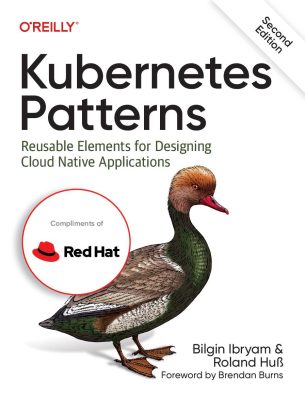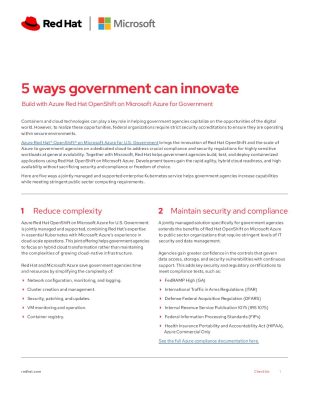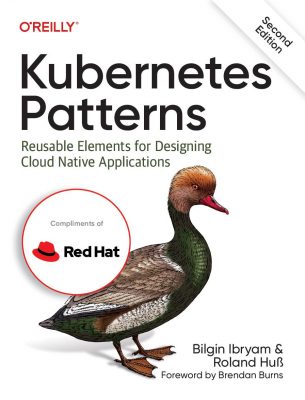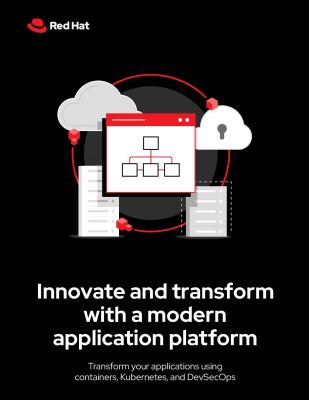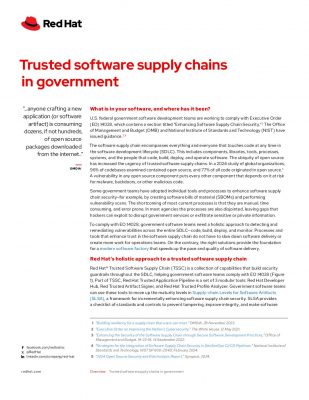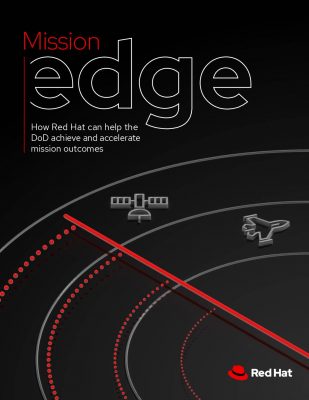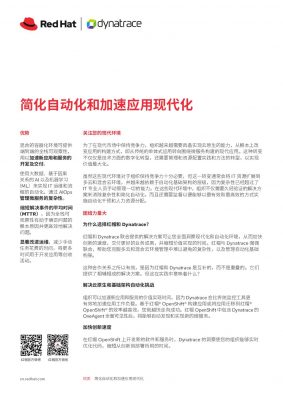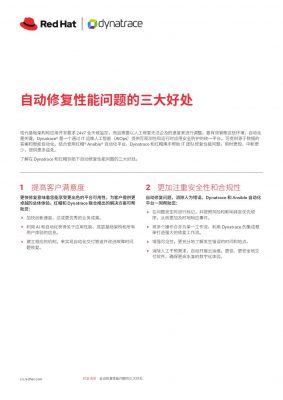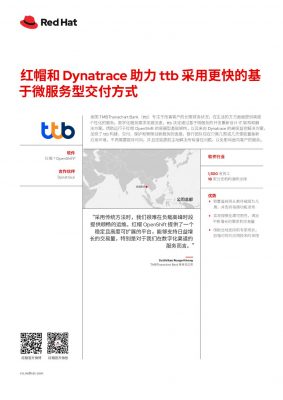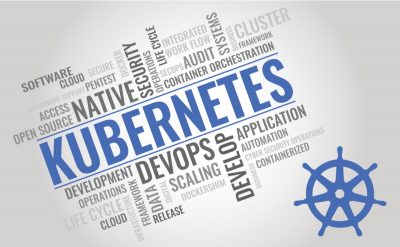Highlights:
- Streamlit integration, which was hitherto only accessible to the public in public preview, will now be generally available, enabling developers to build data analytics and machine learning models in Python on top of Snowflake.
- The firm is also unveiling a private preview of Python Worksheets, which can be used to create applications, data pipelines, and machine learning models inside the data cloud.
Snowflake Inc, a cloud data distributor, announced that it would be adding support for the Python programming language – the preferred programming language of data scientists – to its Data Cloud. It also said it would enhance its integration with the collaboration platform it picked up when it acquired Streamlit Inc in March.
Snowpark for Python integrates Python into the Snowpark development framework, which offers application program interfaces to process data in Snowflake without moving data to the same platform as the application. According to the firm, since the public preview was announced in the past five months, Snowpark for Python has accumulated hundreds of customers. Supported languages now include Python along with Java, Scala, and SQL.
Streamlit integration, which was hitherto only accessible to the public in public preview, will now be generally available, enabling developers to build data analytics and machine learning models in Python on top of Snowflake. Developers can benefit from the platform’s security and governance capabilities and share their apps with others.
A single button sharing
Former Streamlit CEO and current head of Streamlit operations at Snowflake, Adrien Treuille, said, “You leverage Snowflake’s global performance engine to scalably deploy your apps across the organization. You click a button and boom; you get a URL that lets you share your app with others outside.”
Additionally, Snowflake also announced the release of Snowpark-optimized data platforms originally on the Amazon Web Services cloud so that Python developers may conduct large-scale machine learning training models and other memory-intensive activities directly in Snowflake. The firm is also unveiling a private preview of Python Worksheets, which can be used to create applications, data pipelines, and machine learning models inside the data cloud.
Furthermore, Snowflake is adding support for Anaconda, a distribution of Python for scientific computing that aims to streamline package management and deployment. Snowflake users can utilize Anaconda’s open-source Python libraries without requiring manual installation.
Snowflake is also improving the development of data pipelines by accelerating data onboarding with Schema Inference, a new feature now in private preview. A new feature known as Native Dynamic Tables automates incremental processing via declarative data pipeline creation and is currently available in private preview.
A new cross-cloud feature is intended to make pipeline failover transparent. Christian Kleinerman, senior vice president of products, said, “If someone is transforming data and a disaster occurs, and they want to switch to a different region or cloud we will be able to seamlessly support that knowing that there’s no data duplicated.”
Alerts and observability
Native observability and developer experience features are being improved with alerting, logging, event tracing, task graphs, and history; these features are now available in either public or private preview. Torsten Grabs, director of product management, said, “You can send log lines you create from your custom code, inject trace events and control it through different tracing levels. That becomes a key building block for allowing you to monitor the health of an application you’re running on Snowflake.”
With the new alerting capability, developers can specify the circumstances under which an alarm is supposed to fire and send the notification through email. According to Grabs, integration with other texting services is planned.
Performance improvements to the Snowflake platform that are being revealed include a query acceleration service that speeds up extensive searches by offering extra resources without requiring users to deploy more overall compute capacity. Join elimination increases query efficiency, and improvements have been made to the integrated search engine. Through historical views, customers can more quickly conduct a cost-benefit analysis to ascertain the scope and effects of data loading or table adjustments.
According to Kleinerman, Snowflake continuously enhances the platform’s performance seamlessly for users. He added, “Performance improvements translate to better economics because we charge for compute time, so if workflows take less time, we are charging less time, and price/performance for our customers continues to get better.”
